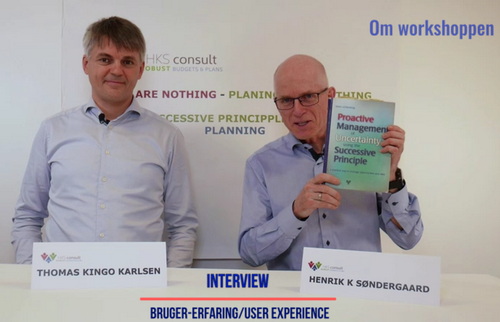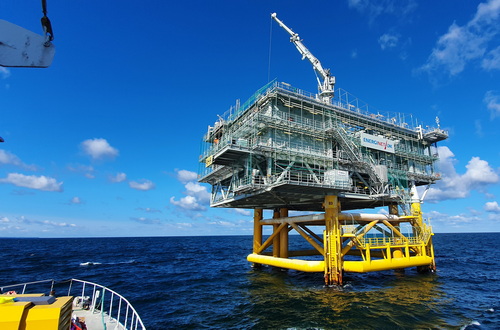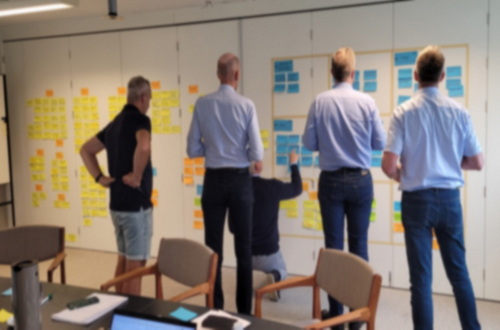Nyheder
Inspiration, video, artikler og nyheder.
Effektiv Risk Management, Robuste Budgetter & Planer.
For Direktioner, PMO, Controllere, Projektledere, Afd. Ledere o.a.
Sikre overskud, tilbudsgivning, budgettering m.v.
Grav ikke ned i detaljerne, men ned i usikkerhederne!






